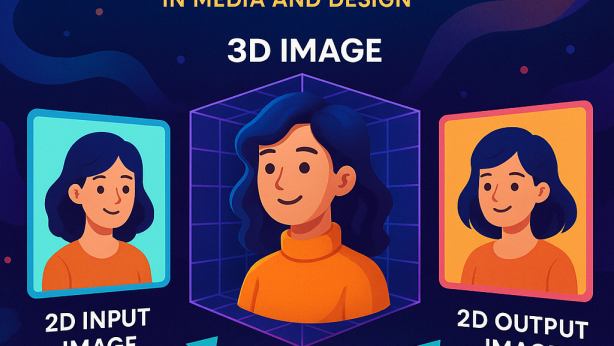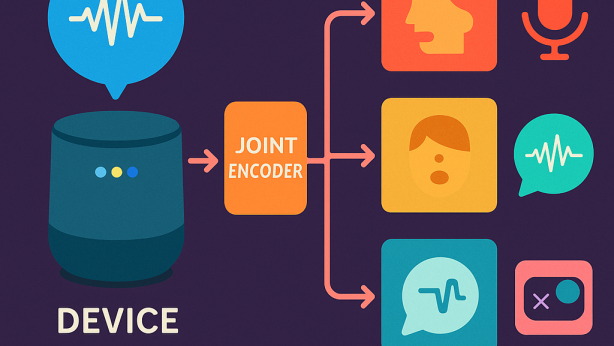XML INTERPRETER

Invented by Townsend-Last; Simon
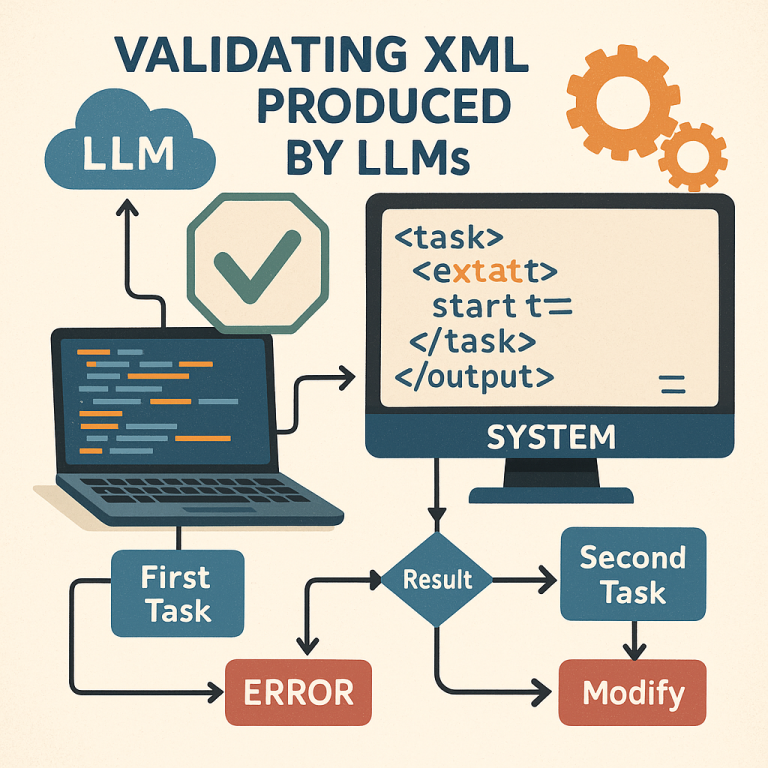
Today, artificial intelligence (AI) is changing how we work and live. But even as AI improves, making it work perfectly with computer systems and apps is still hard. The patent application we are discussing introduces a new way for AI to use large language models (LLMs) to write, check, fix, and carry out XML instructions. These instructions help AI assistants do tasks in different computer environments, all based on what users ask in plain language.
Let’s break down this invention in simple terms, exploring why it matters, how it fits into the bigger picture of AI development, how it builds on older ideas, and what new things it brings to the table.
Background and Market Context
For years, people have wanted computers to do more work for them. From business to health, education, and home life, everyone wants technology to help them save time and effort. The dream is simple: Tell your computer what you want, and it does it. But making this dream real is not so easy.
Most AI tools today can answer questions, write emails, or summarize documents. But when it comes to doing things inside a computer system—like moving files, updating databases, or changing web pages—they struggle. Why? Because computer systems are full of rules, special languages, and tools. AI needs to understand these rules to get things right.
Large language models, like ChatGPT or GPT-4, are great at reading, writing, and even coding. People use them to write scripts or small programs. But when these models are plugged into real-world computer systems, things can go wrong. The code they write might have errors. Sometimes, the AI makes up fake tools or commands that don’t exist. Other times, it misunderstands where things are or what the user wants.
Companies in every industry—like software, banking, e-commerce, and healthcare—are trying to use AI to automate their daily work. But they hit roadblocks. They need solutions that let AI both understand what users want and actually get things done, step by step, inside real systems.
The market for AI assistants is huge. Tech giants and startups are racing to make AI that works not just as a helper, but almost like a smart co-worker. The value is clear: Less manual work, faster results, and fewer mistakes. But the challenge is making AI trustworthy and able to handle the complex, structured tasks inside apps, websites, or databases.
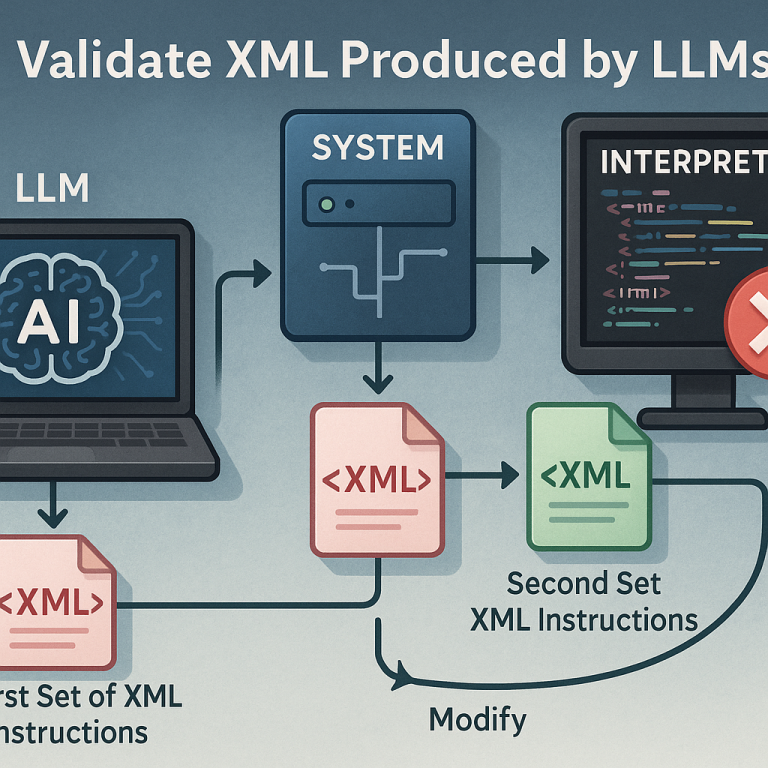
This patent targets those pain points. It focuses on using LLMs to create and fix XML instructions—special lines of code that tell computer systems what to do. By making sure these instructions are correct and work as expected, AI can finally take on more useful jobs. This opens new doors for businesses and regular users who want smarter, more reliable automation.
Scientific Rationale and Prior Art
To really understand what’s new here, we need to look at how AI helpers have worked before, and why those earlier methods have limits.
AI assistants started out by following simple scripts. They did what they were told, but only if the instructions were clear and matched their built-in rules. If you asked something out of the ordinary, these assistants would freeze or give the wrong answer. As AI improved, systems like Siri, Alexa, and Google Assistant got better at understanding regular language. But when it came to doing more than just answering questions—like carrying out a sequence of specific changes in a complex software system—they still needed lots of human help to set up and guide them.
Then came large language models. These models could read and write code in many languages, including XML (which stands for Extensible Markup Language). XML is a way to structure data or instructions so that different computer programs can understand it. In business software, XML is often used to move information between systems or tell apps what tasks to perform.
People started giving LLMs prompts like, “Write an XML instruction to add a new user to this system.” The LLM would try, but often made mistakes. Maybe the instruction used the wrong format, referenced a tool that didn’t exist, or forgot to close a tag. Sometimes the LLM didn’t know the current state of the system, so it wrote instructions that failed when run. Even when the code looked right, it might not do exactly what the user wanted, and there was no easy way to check or fix things automatically.
Other solutions tried to add “validation” layers: After the AI wrote some code, another part of the program would check if it made sense. But these checkers were basic. They could spot obvious errors, like missing tags, but not deeper problems, like using the wrong name for a data field or misunderstanding what the user asked.
Some research tried to make AI assistants that could “observe” the result of their actions and then try again if something went wrong. But these systems were complex and slow, and they didn’t always know how to fix their own mistakes.
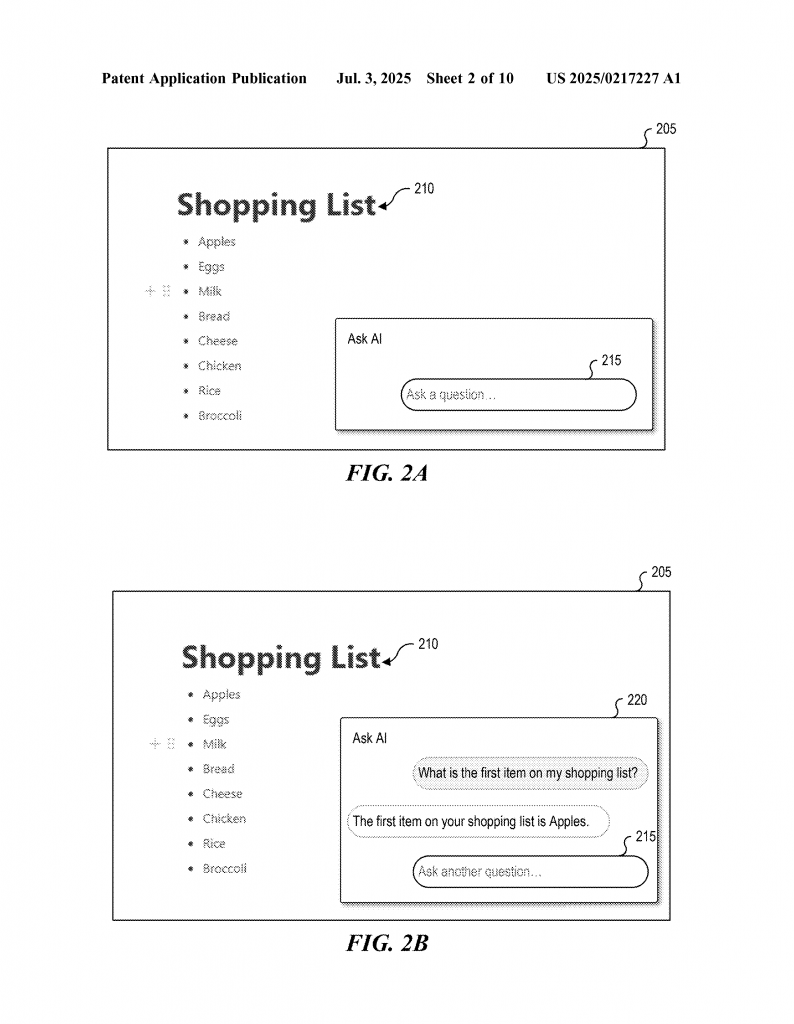
Before this invention, there was no simple way for an AI to:
- Write XML instructions for a task based on plain language input
- Run those instructions and watch what happens
- Notice if something didn’t work or if there was an error
- Automatically use the LLM to fix the instructions and try again
- Move on to the next task once things worked
Most older AI helpers either needed a lot of manual setup, or human oversight to review and fix their output, which defeated the goal of full automation.
This patent stands on the shoulders of those efforts but takes a big step forward. It lets the AI not only write and run instructions but also check, correct, and repeat—all on its own, using the power of LLMs.
Invention Description and Key Innovations
The core of this invention is a system that lets an AI assistant use a large language model to write, check, fix, and run XML instructions for tasks in any connected environment. Here’s how it works, in simple steps:
First, a user tells the AI what they want using plain language. For example, “Add a new row to my sales table with the latest numbers.” The AI takes this request and uses an LLM (like GPT-4) to write a set of XML instructions that should do the job.
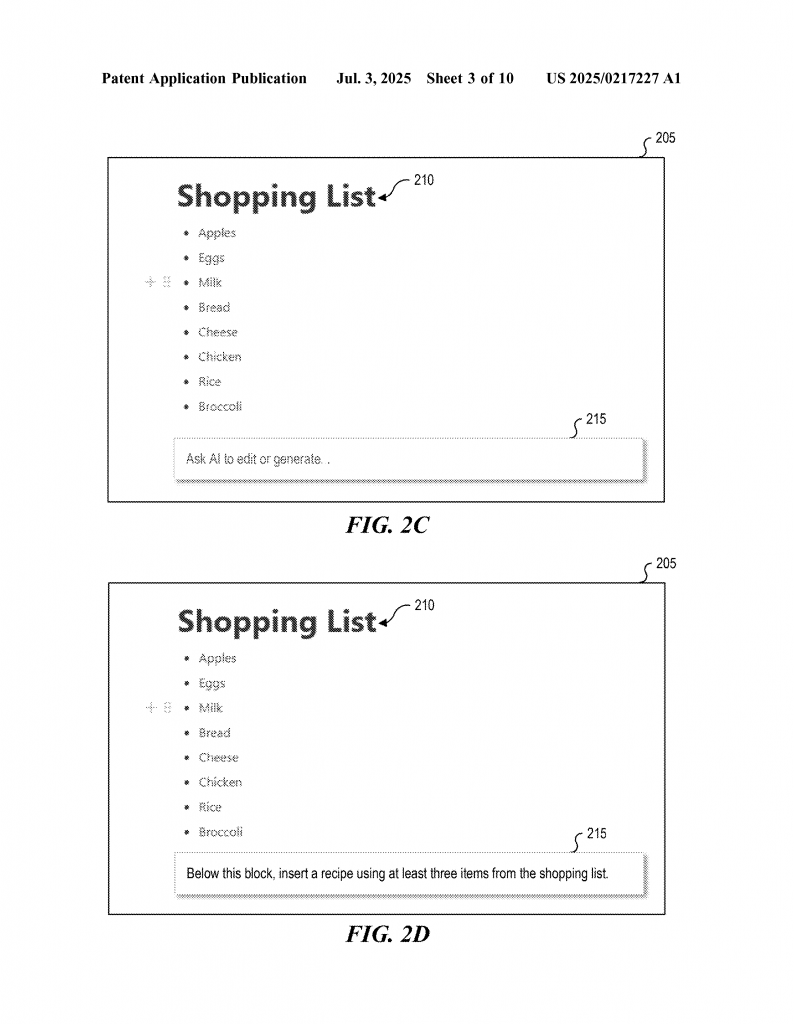
Next, the AI runs these instructions in the target environment. This could be a web app, a database, or any system that understands XML commands. After running the code, the AI checks what happened. Did the instruction work? Was the new row added? Was there an error? Did the system return a message or value?
If things went as planned, the AI can move on to the next task or return the result to the user. But if something went wrong—maybe there was a typo, a missing field, or the location in the system wasn’t found—the AI doesn’t just stop. Instead, it uses the LLM again, this time giving it feedback about what went wrong. The LLM then writes a new or fixed version of the XML instructions, aiming to correct the problem.
This loop can continue, with the AI writing, running, checking, and fixing, until the task is done right. At each step, the AI is learning about the environment: what works, what fails, and how to adjust. The system can even parse the XML to figure out which part of the environment is involved, check if the data or location exists, and tweak the instructions as needed.
Some standout features in this approach:
1. Full Automation of Instruction Generation and Validation
Unlike older systems, this invention does not need humans to review or fix the AI’s work. The assistant can handle the whole cycle: write the code, run it, check what happened, and fix mistakes.
2. Flexible and Broad Application
Because it uses plain XML instructions and works with any LLM, this system can be used in many places: business apps, websites, chat systems, databases, and even physical systems like robots or smart devices.
3. Error Detection and Correction Using LLMs
The invention doesn’t just look for simple errors like missing tags. It checks if the instruction actually does what was asked. If not, it uses the LLM’s understanding to figure out and fix the mistake, making the AI much more reliable.
4. Contextual Awareness
The system keeps track of the state of the environment—what’s on the page, what data exists, what has changed—so it can write better instructions and avoid repeating mistakes.
5. Step-by-Step Task Chaining
The AI can handle a series of tasks: Once it finishes one, it can use the results to move on to the next, all while keeping the instructions and results in a chain or transcript. This makes it easier to track what happened and why.
6. Works With Natural Language Inputs
Users don’t need to learn to code or write XML. They just say what they want, and the AI takes care of the rest, making technology more accessible for everyone.
This invention also supports working with different types of tasks: reading data from the system, writing new content, updating information, or even handling more complex workflows. Errors can be syntax mistakes (like missing brackets), logical mistakes (like the wrong data field), or missing locations (like trying to write to a place that doesn’t exist). The AI can spot and fix all of these.
Finally, the system is designed to be fast and efficient. It can run on many kinds of hardware, from servers to personal computers, and connects to all sorts of environments. It can even work with other apps and platforms, making it a truly flexible tool for modern work.
Conclusion
This patent application marks an important step toward smarter, more reliable AI assistants. By letting large language models not just write code, but also check, fix, and run it in real-world systems, this invention makes automation more trustworthy and user-friendly. It removes the need for human oversight at every step, speeds up work, and reduces errors.
For businesses, this means faster workflows, fewer mistakes, and less time spent on routine tasks. For regular users, it means getting more done with less effort. And for the world of AI, it’s a leap toward systems that can truly understand, act, and improve on their own.
As AI continues to grow, inventions like this will be key to unlocking its full potential—making technology work for us in ways that are simple, smart, and seamless.
Click here https://ppubs.uspto.gov/pubwebapp/ and search 20250217227.
